What Factors Affect You to Choose Fiber Optic Patch Cables
In the post “What Factors Affect You to Choose Fiber Optic Patch Cables,” the author delves into the essential considerations for selecting high-quality fiber optic patch cables. Key factors include cable type (single-mode vs. multimode), connector types (LC, SC, ST, etc.), and performance criteria such as insertion loss and return loss. The post highlights the advantages of fiber optics, such as high-speed data transmission, enhanced bandwidth capacity, and reduced signal interference. Distinctive qualities like the durability, flexibility, and ease of installation of these cables are also discussed, making them an ideal choice for both commercial and residential network setups. By understanding these elements, readers can make informed decisions to optimize their network performance and reliability.

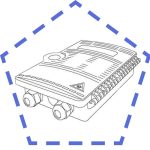 Fiber Optic Termination Boxes
Fiber Optic Termination Boxes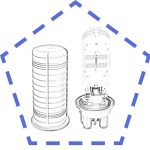 Fiber Optic Splice Enclosures
Fiber Optic Splice Enclosures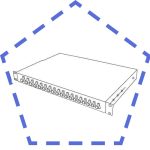 Fiber Patch Panels
Fiber Patch Panels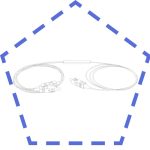 Fiber Optic Splitters
Fiber Optic Splitters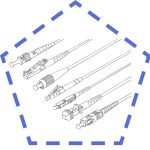 Fiber Optic Pigtails
Fiber Optic Pigtails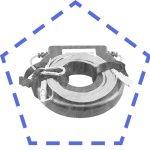 OTDR Launch Cables
OTDR Launch Cables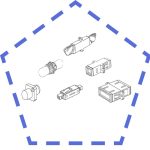 Fiber Optic Adapters
Fiber Optic Adapters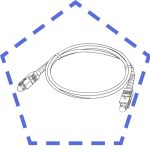 Fiber Optic Patch Cords
Fiber Optic Patch Cords